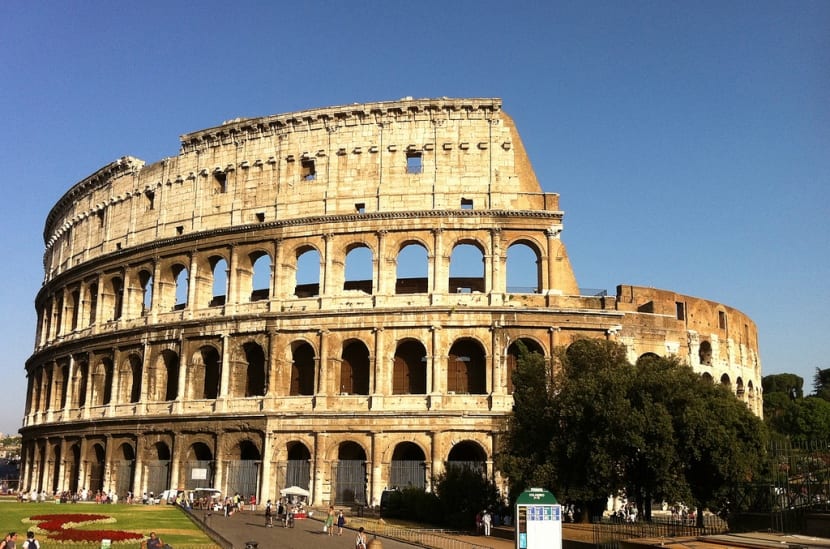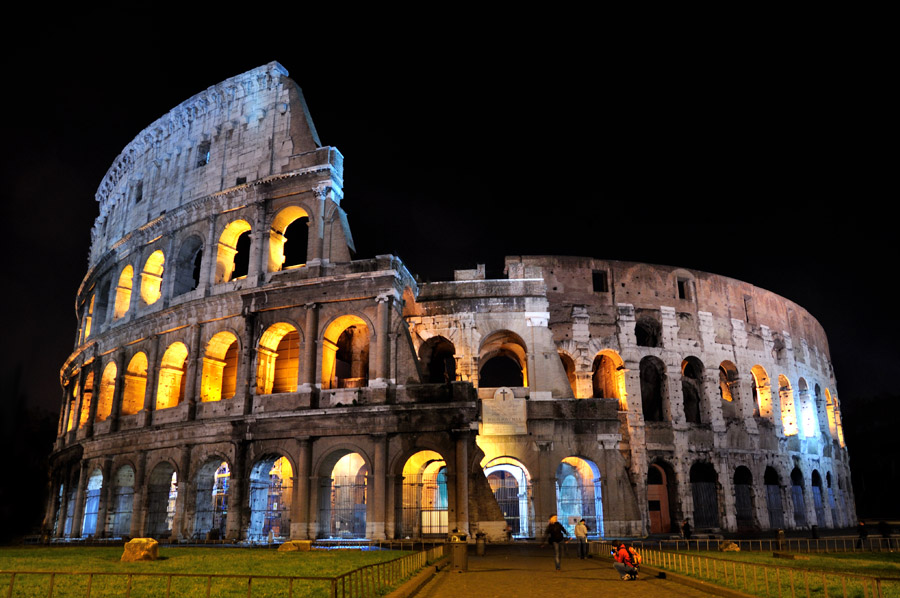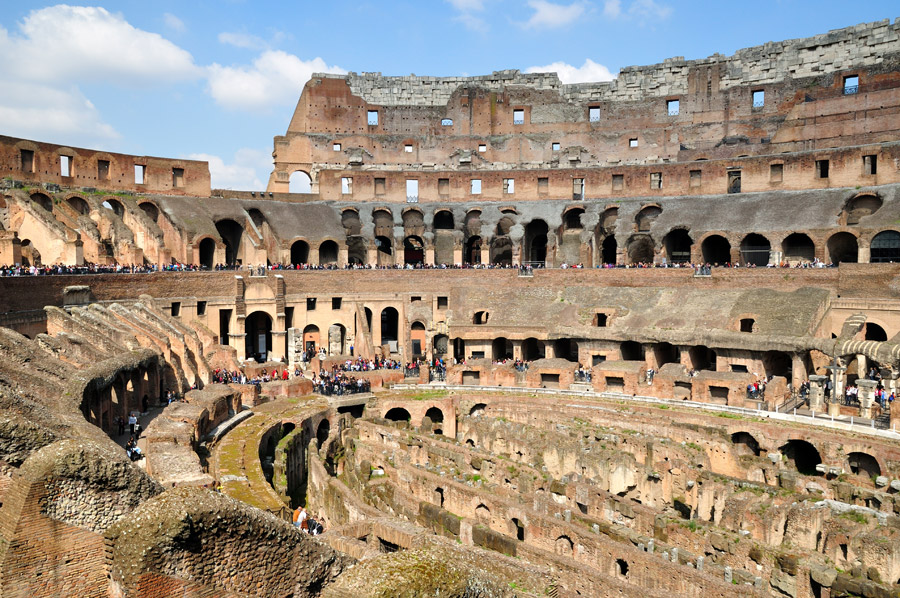
There are many reasons to consider Rome the Eternal City, but one of them, and possibly the most powerful, resides in the capacity of the Italian capital to agglutinate so many ancient monuments that history is perpetuated for centuries and centuries. And the best example of this collection is neither more nor less than the splendid Colosseum Novel, the amphitheater that, since its construction in the XNUMXst century AD,. continues to evoke the roar of old beasts and the breaths of gladiators in the heart of Rome.
Roman Colosseum: old entertainments
The birth of the Roman Colosseum that we all know today happened in response to the destruction of the first amphitheater built in Rome by the consul Statilio Taurus on the Field of Mars, which was destroyed during the Great Fire of 64 AD After the catastrophe, the emperor Vespasian gave the order to create a new, larger and more glorious Colosseum between the hills of Celio, Esquilino and Palatino taking advantage of the Domus Aurea built by Emperor Nero after the fire a few years earlier.
In AD 72, he was then known as Flavian Amphitheatre became the largest of its time with an oval shape of 188 meters in length, 156 meters in width and 57 meters in height that enclosed rows of 8 tiers with a capacity to accommodate up to 50 thousand people. After the inauguration of the same in 80 AD, this time under the mandate of Emperor Titus, 100 days of games were proclaimed in which up to 2 gladiators perished. And is that as many of you know, the concept of entertainment in Ancient Rome could be the wildest: hundreds of exotic species, especially tigers, were housed in the depths of the amphitheater and the slaves used as gladiators represented a constant struggle between man and nature that delighted those who entered this place. In fact, it is also rumored that the Empire itself filled the Colosseum with water to represent naval battles, although at the moment there is no record of a fact that, if real, would have been spectacular.
Despite the initial name of Flavian Amphitheater, the name was later changed to Colosseum in reference to a statue of Nero erected in the center of the building whose name was The Colossus of Nero.
The Colosseum's fame and its status as the epicenter of ancient Roman entertainment lasted until the 1349th century, at which point the Church began to take more power over the building despite not being able to sustain the costs of its maintenance. During the following years, the Colosseum housed a church, shelters and warehouses were built in its bosom, travertine was torn from its structure to build other buildings and the earthquake of XNUMX ended up condemning the monument to oblivion.
Fortunately, various renovations were initiated in the early XNUMXth century that saved the Colosseum from completely collapsing.
The Roman Colosseum, one of the 7 Wonders of the World
After the renovations, the Colosseum regained its fame of yesteryear despite unforeseen events such as damage caused by bombing during the Second World War.
Finally, in 1980 the Roman Colosseum was designated A World Heritage Site by Unesco and in 2007 it became one of The 7 Wonders of the Modern World, two mentions that only confirmed the charm of what is one of the great heritages of the Ancient World.
Today, the Colosseum gleams in the same Colosseum square, at the end of Via del Foro Imperiali, in the heart of Rome. Tickets are recommended to purchase first thing in the morning on Palatine Hill and their prices are 12 euros for general adult admission, 7.50 euros for residents of the European Union between 18 and 24 years old and free for people under 17 years of age and over 65 residing in the European Union.
Visits usually include an itinerary through the main areas of the Colosseum, including the famous arena where the shows were staged and measuring 75 x 44 meters, the underground labyrinth from which the forklifts emerged and whose roof was destroyed, the cave or seating area and the arched structure that surrounds this historical sanctuary with views of another of the great attractions of Rome : the remains of the Roman Forum connected to the Colosseum through the Via Sacra.

The vestiges of the ancient city of the Roman Empire, covered in travertine and fed by palaces and basilicas, becomes a simply spectacular open-air museum whose visit deserves to be experienced through the combined ticket whose prices are similar to those of the Roman Colosseum and that allow the visit to this, the Roman Forum and the Palatine Hill, the highest of the hills of Rome and scene where some of the oldest constructions of the city were built.
From 8:30 in the morning to 19:15 in the afternoon, the Roman Colosseum opens its doors for those who seek to find inside the echo of old legends and the clamor of an audience that for centuries attended its stands without knowing that twenty centuries later this construction would continue to honor that Eternal City that is (and will continue to be) Rome.

